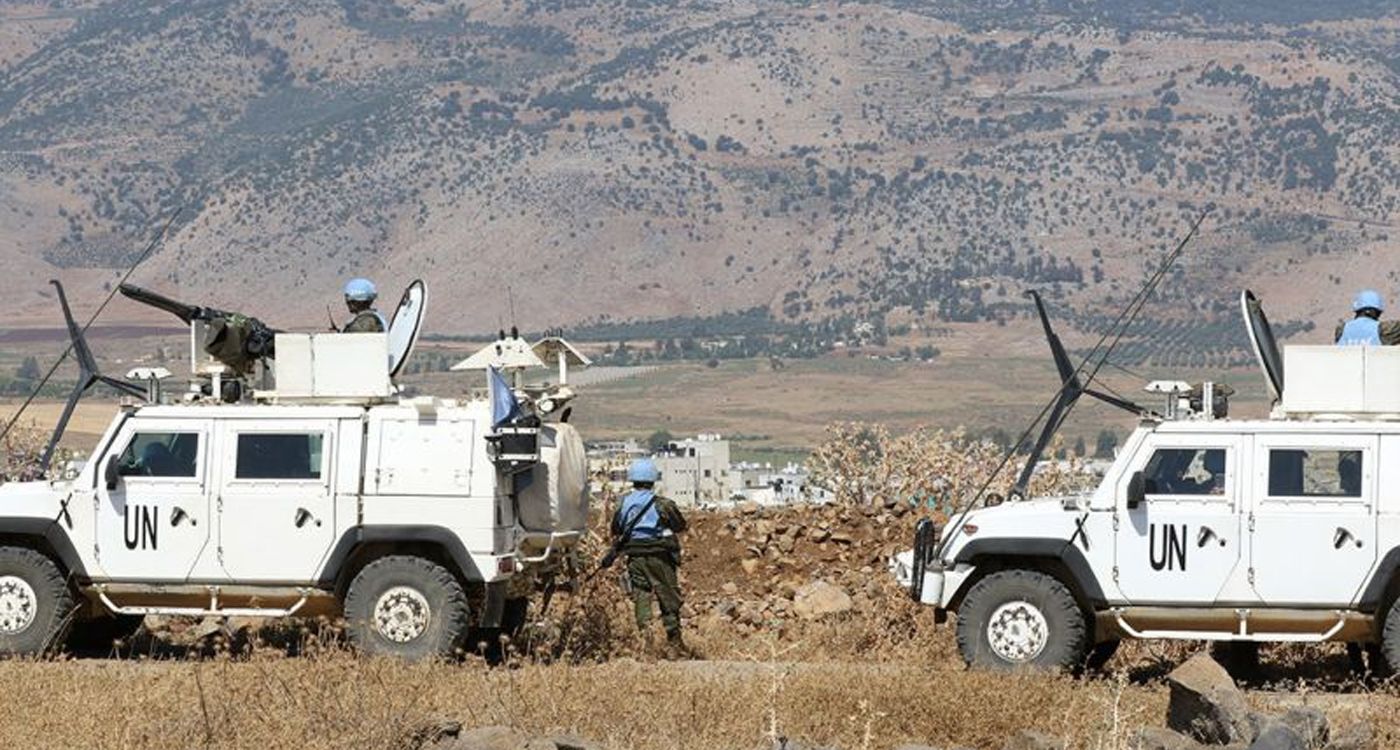
“Nothing is more certain than the impossible.” For years, this idea shaped Lebanon's political and security landscape under Iranian dominance— the impossible Israeli withdrawal, the impossible deployment of the Lebanese Army along the border, and the impossible disarmament of Hezbollah. Today, in the aftermath of the devastating war that erupted on October 7, 2023, and ultimately weakened Hezbollah, the impossible has become a shared burden. This is especially true now that the ceasefire enacted on November 27, 2024, to end hostilities between Hezbollah and Israel has expired. The truce, born out of intense negotiations, was largely contingent on the implementation of UN Security Council Resolution 1701, adopted in 2006 after a previous war between Israel and Hezbollah. After 60 days of relative calm, albeit disrupted by Israeli violations, what progress has been made on this resolution? Which provisions have been implemented so far, and which remain on hold?
Provisions Enforced Since the Ceasefire
Since the signing of the ceasefire agreement, several significant developments have taken place, with the partial implementation of UN Resolution 1701 standing out. Progress is ongoing, though uneven, including the deployment of the Lebanese Armed Forces (LAF) in southern Lebanon, the Israeli withdrawal from occupied territories, and the slow yet ongoing “passive” disarmament of Hezbollah.
Out of the 15,000 soldiers mandated by the resolution, between 6,000 and 8,000 LAF soldiers have been deployed along the border, including 1,500 recruits, according to a military source close to the dossier. The source adds that more troops are expected to join “once funding for recruitment, training, and equipment is secured,” but “over 10,000 requests remain pending due to financial constraints.”
The other option of mobilizing Army reservists has been overlooked by the Lebanese government, suggests retired General Khalil Helou. “We have thousands of trained reservists who are ready to be called up,” he notes, before emphasizing that in 2006, following the adoption of UN Security Council Resolution 1701 that ended the war between Hezbollah and Israel, the Lebanese Army was able to mobilize 5,000 reservists.”
“Nonetheless, on the Lebanese side, the implementation of the ceasefire and, by extension, Resolution 1701, has largely been respected,” affirms the aforementioned source. By positioning forces in sensitive areas close to the Israeli border, the Lebanese Army has achieved a near-return to order in regions that were previously dominated by Hezbollah. “We are securing the area through demining, inspections, road opening among other essential actions,” explains the source.
In this context, it is important to note that the Israelis have withdrawn from the western sector (Tyre district) and Kfarchouba, while a partial withdrawal has begun in the central sector of Bint Jbeil. However, the eastern sector and the Shebaa area have yet to be freed.
These measures are complemented by Hezbollah’s “discreet” disarmament, with the group “unable to withstand the Army’s security measures and, instead, gradually withdrawing from the South,” notes the source. “The Lebanese Army does not hesitate to seize weapons and destroy tunnels previously built by the pro-Iranian group in various southern areas,” the source informs This is Beirut. Additionally, the monitoring committee that convened on Wednesday “recognized the genuine efforts made by the Lebanese side in advancing the implementation of Resolution 1701” and emphasized that “the onus now falls on Israel.”
Remaining Measures to Be Implemented
Despite some “progress,” referred to earlier, several aspects of Resolution 1701 are still not fully implemented and remain a source of serious concern.
One of the key obstacles to full implementation of the resolution has long been Hezbollah's refusal to disarm, justifying its stance with the need to protect Lebanon from Israeli threats. While the Lebanese Army has made progress in deploying to certain areas, Hezbollah continues to exert substantial military and political control over southern Lebanon. “Its fighters are still present in the region,” notes General Helou. However, the party's “hegemony” is no longer the same, as it currently “yields” to the powerful force of recent developments.
Another significant challenge is the “slow deployment of the Lebanese Army” and the “weak management” of the situation by the UN Interim Force in Lebanon (UNIFIL). This situation is primarily marked by ongoing Israeli violations, which could be further exacerbated by potential Hezbollah violations starting Sunday following the expiration of the ceasefire. On the one hand, weapons and related equipment may be funneled to Hezbollah through illegal crossings; on the other, the ceasefire could be at risk due to UNIFIL's reluctance to assert its right to employ proportional and graduated force when necessary.
Without substantial progress on Hezbollah's disarmament and the southern border control, and thus on the full implementation of Resolution 1701, Lebanon will remain a hotbed of major geopolitical tensions, with a constant risk of escalation.





Comments